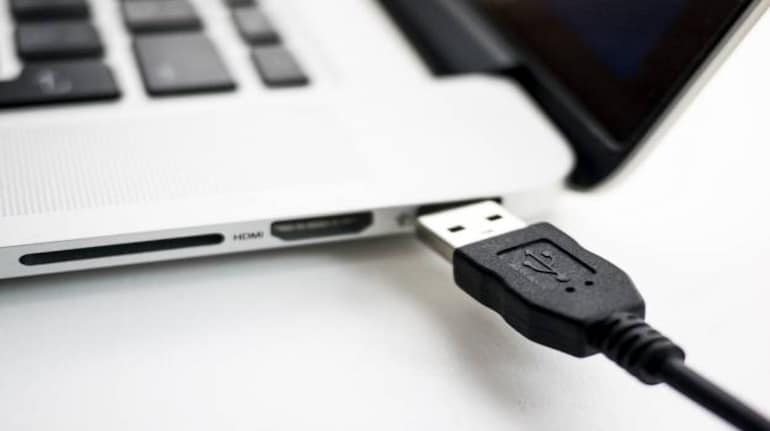



The renewed production-linked incentive (PLI) scheme for IT hardware in India could result in up to a four-fold increase in incentives for manufacturers of devices like laptops and tablets.
According to government officials, if manufacturers utilize domestically produced processors and components, the incentives could exceed 8 percent.
The Cabinet has approved a PLI scheme worth Rs 17,000 crore with a six-year tenure, aimed at boosting the domestic manufacturing of laptops, tablets, all-in-one PCs, servers, and ultra-small form factor devices. It is expected to stimulate incremental production worth Rs 3.35 lakh crore.
Under the previous version of the scheme, manufacturers received incentives of 2 percent of net sales for domestic production. The newly approved scheme raises the basic incentive level to over 5 percent and introduces an additional provision of 3 percent for companies that procure domestically produced components such as memory chips, printed circuit board assemblies, solid-state drives, chassis, power supply components, and adaptors.
The increased incentives are intended to attract companies like Apple, and preliminary discussions have already taken place with major laptop producers, including Apple, Acer, HP, and Dell.
These companies are seriously evaluating the scheme. The exact breakdown of the maximum incentives of 8-9 percent will be clarified once the detailed provisions of the new scheme are released in a few days.
The government aims to triple India's electronics manufacturing industry from the current $105 billion to over $300 billion with the PLI 2.0 scheme. This growth is expected to eliminate the need for subsidies in the electronics sector, and the industry could eventually reach a trillion dollars, rivaling China's electronics manufacturing sector.
The new scheme incorporates industry feedback and lessons learned from the previous PLI scheme for the sector. Manufacturers can apply for the scheme when the application window opens on July 1, and they are not required to consider the previous year's sales numbers as a base.
Approvals for applications will be granted within approximately 45 days, and proposals can be submitted for production in the coming years. This concession allows manufacturers to plan their production in India in advance.
Another significant aspect of the scheme is the inclusion of contract manufacturers. Contract manufacturers that exclusively produce components or assemble devices for specific electronics brands can also benefit from the scheme.
IT Minister Ashwini Vaishnaw stated that a fundamental shift is occurring among domestic electronics makers, as they are now focusing on exports rather than import substitution. The new scheme aims to bring the complex IT hardware ecosystem to India, support localization, and foster the systematic growth of Indian companies.
According to the minister, the scheme is expected to generate around 75,000 direct jobs and three times as many indirect jobs, contributing to a total of approximately 2 lakh employment opportunities.

Discover the latest Business News, Sensex, and Nifty updates. Obtain Personal Finance insights, tax queries, and expert opinions on Moneycontrol or download the Moneycontrol App to stay updated!
Find the best of Al News in one place, specially curated for you every weekend.
Stay on top of the latest tech trends and biggest startup news.